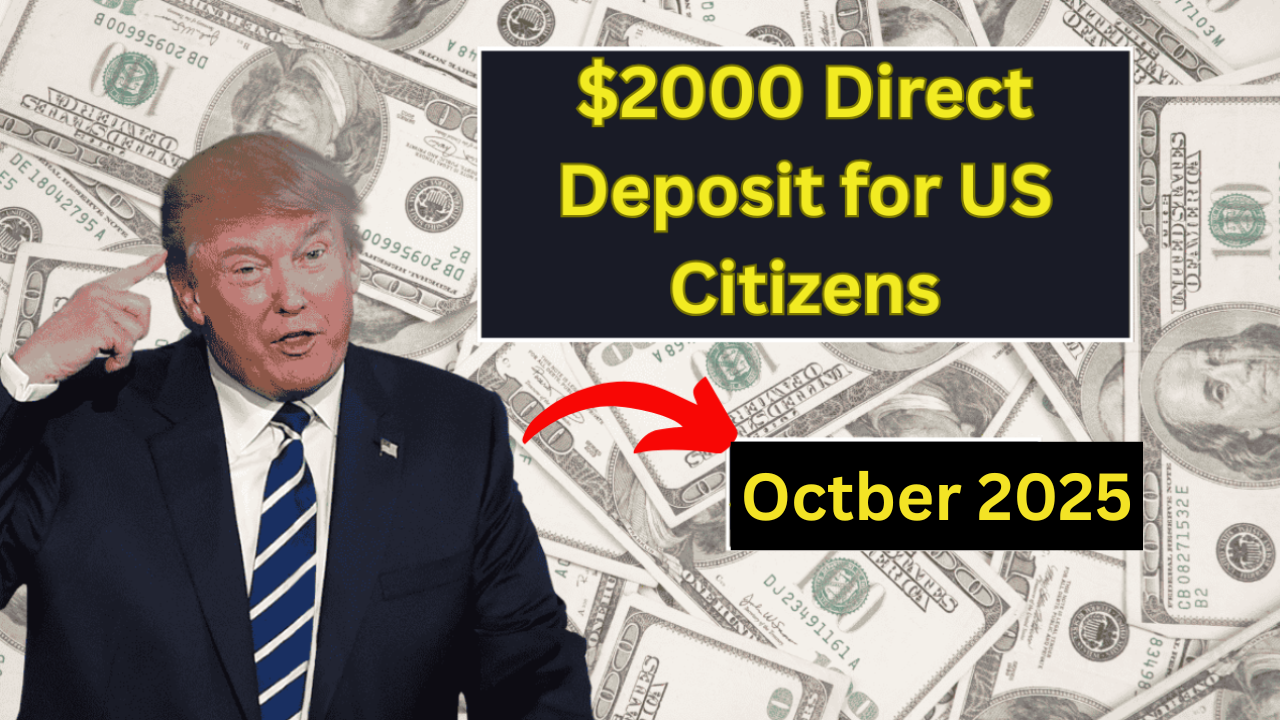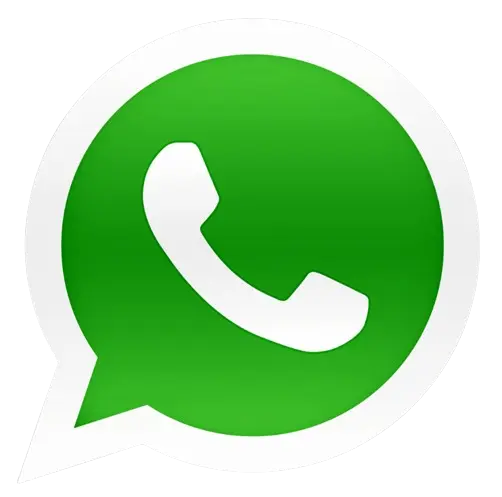Relief is finally arriving for millions of Americans. The U.S. government has confirmed direct deposit payments of $2,000 to eligible citizens in 2025, aiming to provide much-needed financial assistance to families facing the pressures of inflation, rising rents, and everyday living expenses. The Internal Revenue Service (IRS) has issued new instructions regarding the distribution of this payment and eligibility for it.
This initiative, part of the latest federal economic assistance program, is designed to help low- and moderate-income families maintain stability while also boosting the local economy through increased consumer spending. If you’re wondering if you’re eligible or when you’ll receive the deposits, here’s everything you need to know about this upcoming financial aid.
Why is the $2,000 direct Deposit happening?
The US government’s 2025 relief initiative aims to help working-class families, seniors, and those living on fixed incomes. Inflation and high living costs have reduced the purchasing power of many Americans, and this new round of financial assistance is meant to fill that gap.
Officials have stated that this payment is not a recurring monthly benefit, but a one-time direct deposit to cover increased expenses. It is part of a continued effort to stabilize the economy after years of financial uncertainty, pandemic recovery measures, and global supply disruptions.
For millions, this payment is not only a symbol of wealth, but also a symbol of reassurance in difficult economic times.
Who Is Eligible for the $2,000 Direct Deposit?
The IRS has confirmed that eligibility will be based primarily on income and tax filing status, similar to previous stimulus programs. Here’s the breakdown:
-
U.S. Citizenship and Residency:
-
You must be a U.S. citizen or permanent resident with a valid Social Security Number (SSN).
-
-
Income Thresholds:
-
Single filers: Must earn below $75,000 annually.
-
Heads of household: Must earn below $112,500 annually.
-
Married couples filing jointly: Must earn below $150,000 combined.
Payments will gradually phase out for individuals and couples whose incomes exceed these limits.
-
-
Federal Tax Filing Requirement:
-
You must have filed your 2023 or 2024 federal income tax return for the IRS to verify your eligibility and payment method.
-
-
Social Security and Veterans:
-
Seniors, SSDI, SSI, and VA benefit recipients are automatically eligible, even if they did not file taxes, as their payment data is already on file with the federal agencies.
-
-
Dependents:
-
Families with dependents under 17 may receive an additional amount per qualifying dependent, though details on the exact figure are expected soon.
-
Payment Dates – When will the $2,000 arrive?
The IRS has indicated that payments will begin in October 2025, and a structured schedule will be followed to ensure efficient payments.
The tentative timelines are as follows:
- October 15-20, 2025: Direct deposits will be sent to those with valid bank details.
- October 21-26, 2025: Paper checks will be sent to eligible recipients without direct deposit information.
- October 27-31, 2025: Payments to Social Security, Small Business and Business Development (VA) beneficiaries through their regular deposit method.
Payments are being distributed automatically – you do not need to apply separately. However, ensuring your tax return and direct deposit information are up-to-date will prevent delays.
IRS Instructions for Claiming or Tracking Your Payment
To simplify this process, the IRS will reopen its “Get My Payment” online tool in early October 2025. You can use it as follows:
- Go to the official IRS website at www.irs.gov.
- Click the “Get My Payment” link on the homepage.
- Enter your Social Security number, date of birth, and payment status.
You will see your payment status, deposit method, and estimated delivery date.
If your bank account has changed or you have moved since filing your last tax return, you can securely update your information through this tool.
For non-filers or those who have not filed a tax return recently, the IRS will provide a Non-Filer Registration Portal where you can submit basic information to ensure your payment is processed.
Why this payment is important
In a year when many Americans are still recovering from the economic crisis, a $2,000 direct deposit is more than just cash—it’s a lifeline. Families can use it to pay rent, utility bills, manage healthcare expenses, or simply make a payment.
Experts also predict that these payments will have a positive impact on the economy, boosting consumer spending and helping small businesses and local markets.
Final Thoughts
The $2,000 direct deposit for US citizens in 2025 is a welcome relief for millions. With simplified IRS procedures, automatic payments, and clear eligibility rules, it ensures that help reaches those who need it most.
If you’re eligible, the main steps are straightforward: make sure your 2023 or 2024 taxes are filed, check your direct deposit details, and keep an eye on the IRS portal when payments begin in October.
Financial relief may not solve every problem, but for countless Americans, it’s the helping hand they’ve been waiting for.
FAQs
1. Who qualifies for the $2,000 direct deposit?
U.S. citizens and permanent residents with valid SSNs who meet income and tax filing requirements.
2. Do I need to apply for the payment?
No. Payments are automatic based on your tax or benefits records.
3. When will payments begin?
Deposits are scheduled to begin on October 15, 2025.
4. Is the payment taxable?
No, the $2,000 direct deposit is not considered taxable income.
5. How can I track my payment?
Use the IRS “Get My Payment” tool on www.irs.gov once it becomes available in October 2025.

